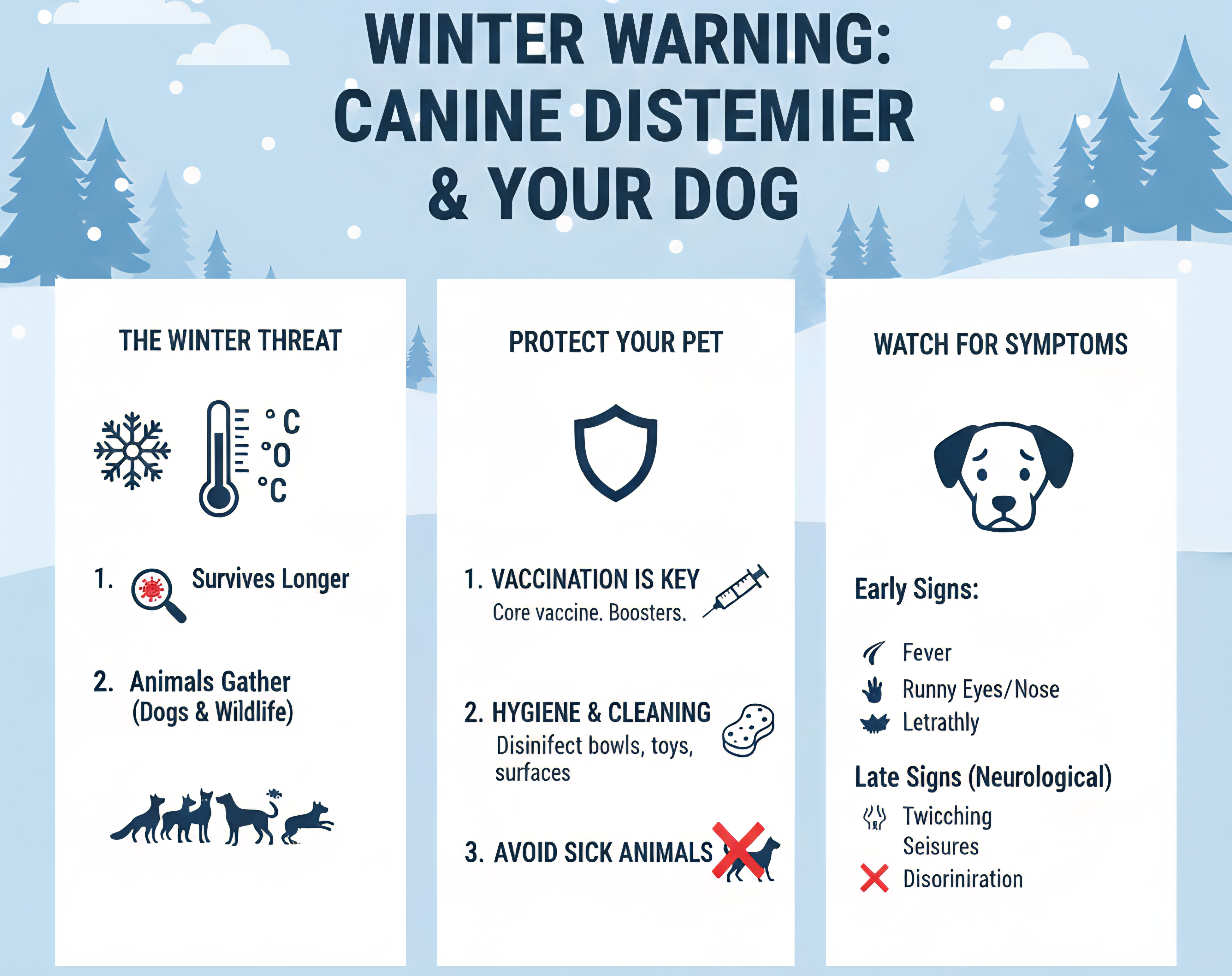Every year on September 28th, World Rabies Day is observed globally to raise awareness about the deadly yet preventable disease of rabies. This day holds special significance as it coincides with the death anniversary of Louis Pasteur, the pioneering scientist who developed the first rabies vaccine. On this occasion, Dr. Iram Assistant Professor, Department of Veterinary Public Health delivered an insightful lecture, highlighting the importance of rabies control, vaccination, and global efforts to eradicate this zoonotic disease. In this blog, we’ll take a deep dive into the key points discussed in Dr. Iram’s lecture.
The Legacy of Louis Pasteur
World Rabies Day is closely tied to the contributions of Louis Pasteur, who developed the first rabies vaccine, marking a significant milestone in the fight against this disease. Pasteur’s work revolutionized rabies treatment, with the first successful vaccination administered to Joseph Meister on July 6th. This date also marks World Zoonosis Day, reminding us of rabies as a zoonotic disease transmitted from animals to humans. Dr. Iram stressed the importance of remembering these key dates, underscoring the ongoing battle against rabies and other zoonotic diseases.
The Global Alliance for Rabies Control
Formed in 2006, the Global Alliance for Rabies Control (GARC) works tirelessly to combat rabies on a global scale. With the collaboration of key health organizations like the World Health Organization (WHO) and the World Organization for Animal Health (OIE), the alliance aims to eliminate rabies by promoting vaccination, awareness, and control measures. Each year, World Rabies Day adopts a new theme to rally global attention to the cause; this year's theme is “Breaking Rabies Boundaries.” Dr. Iram emphasized the significance of collective efforts in breaking the barriers of rabies prevention and control.
Understanding the Rabies Virus
Rabies is caused by the rabies virus, a member of the Lyssavirus genus. It has a single-stranded negative-sense RNA genome and exhibits helical symmetry. Dr. Iram provided detailed insights into the virus, highlighting its structural proteins and how they play a crucial role in infection. The rabies virus is particularly resilient in cold and dry environments, though it is sensitive to heat and pH extremes, as well as chemical agents like oxidizing agents, soaps, and detergents. She also mentioned other related viruses in the Lyssavirus family, such as Mokola, Lagos bat, and Australian bat viruses.
Global Distribution and India's Endemic Status
Rabies remains a global health issue, with some regions like Australia, Antarctica, and Japan having successfully eradicated the disease. However, India continues to struggle with rabies due to its high population of stray dogs, which serve as the primary vector for transmission. Dr. Iram highlighted the vulnerability of children in rural areas, where rabies exposure and dog bites are common, largely due to limited access to healthcare and vaccines. This endemic status in India underscores the need for better rabies control programs, particularly in regions where access to medical facilities is restricted.
The Lethal Nature of Rabies in Humans
Rabies is a 100% fatal disease once clinical signs appear, making it one of the deadliest viral infections. Dr. Iram discussed the historical fear associated with rabies, especially its horrific symptoms and inevitable death if left untreated. She provided startling statistics, citing the high incidence of rabies-related deaths globally, with India bearing a significant portion of the burden. The majority of these cases occur in rural areas, where timely access to vaccines and healthcare is often limited.
How Rabies Spreads: Transmission and Pathogenesis
Rabies is most commonly transmitted through bites, but aerosol transmission can occur in specific circumstances, such as in bat caves. Once the rabies virus enters the body through a bite, it travels through the peripheral nerves to the central nervous system (CNS), eventually spreading to other organs. By the time clinical signs are evident, the virus has already reached the saliva, meaning the infected individual can transmit the disease to others. The incubation period of rabies varies across species, making it difficult to detect early in animals and humans. Dr. Iram discussed the four clinical phases of rabies in humans: prodromal, hyperactive, paralytic, and coma, all of which progressively worsen until death.
Rabies in Animals: Signs and Symptoms
Rabies presents in two forms in animals: furious rabies and dumb (or paralytic) rabies. Dr. Iram explained that animals with furious rabies often exhibit aggressive behavior, excessive barking, biting, and hydrophobia. In contrast, animals with dumb rabies appear lethargic, depressed, and often experience paralysis and excessive salivation. Rabies in cattle also presents unique clinical signs, such as aggression, hypersalivation, changes in gait, and frequent bellowing. Understanding these symptoms is crucial for veterinarians and animal handlers to identify and manage cases effectively.
Diagnosis of Rabies
Diagnosing rabies often relies on clinical history and signs. One of the hallmark signs of rabies in a laboratory setting is the presence of Negri bodies in nerve cells, detectable under a microscope. However, clinical signs such as sudden aggression or paralysis in animals, coupled with a history of bite exposure, are often enough to suspect rabies infection.
Managing Rabies: Prevention and Treatment
Rabies is preventable if treated promptly. Dr. Iram outlined several key prevention and management strategies:
- Wound Care: Immediately after a bite, thoroughly clean the wound with soap and water, and apply antiseptics.
- Post-Exposure Vaccination: Following exposure to rabies, a series of rabies vaccinations is critical to preventing the onset of the disease.
- Rabies Immunoglobulin: In cases of severe bites, rabies immunoglobulin is administered to provide immediate antibodies against the virus.
- Pre-Exposure Vaccination: High-risk individuals, such as veterinarians, are encouraged to receive pre-exposure vaccination, which follows a specific schedule.
Dr. Iram emphasized the importance of rabies control at the community level, calling for the vaccination of reservoir species like dogs, population control programs for stray animals, and public awareness campaigns.
Conclusion: Rabies Control is in Our Hands
In her concluding remarks, Dr. Iram summarized the critical points covered in the lecture: from understanding the rabies virus and its transmission to the importance of global efforts in rabies control. She urged the audience to actively participate in rabies prevention, whether by ensuring their pets are vaccinated, advocating for better rabies control policies, or simply spreading awareness.
The fight against rabies requires collective action, and as Dr. Iram pointed out, every step taken toward vaccination, public awareness, and early treatment can help save countless lives.







